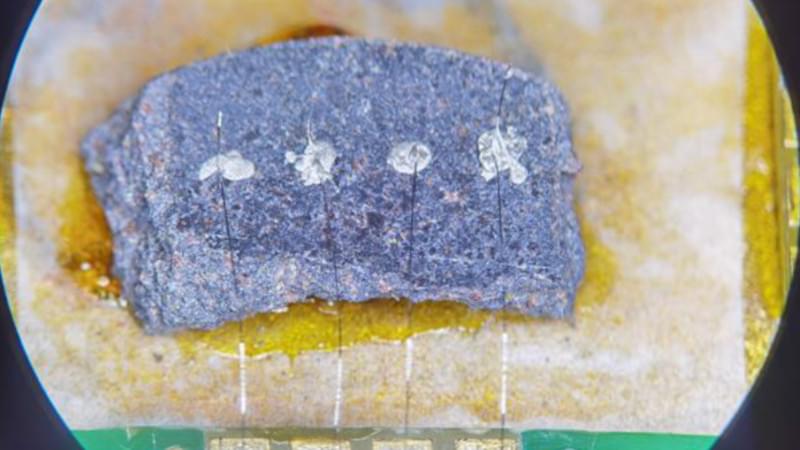A makeshift lab in Fresno, California was illegally storing over 1,000 bioengineered mice and disease samples. Ana Kasparian and Wosney Lambre discuss on The Young Turks. https://shoptyt.com/collections/justice-is-coming.
Watch TYT LIVE on weekdays 6–8 pm ET. http://youtube.com/theyoungturks/live.
“An illegal lab in California containing nearly 1,000 bioengineered mice has officials concerned after improperly stored tissue samples were tested and discovered to contain infectious diseases including HIV and Hepatitis.
“This is an unusual situation. I’ve been in government for 25 years. I’ve never seen anything like this,” Reedley City Manager Nicole Zieba said, per local news outlet KRON4.”
The largest online progressive news show in the world. Hosted by Cenk Uygur and Ana Kasparian. LIVE weekdays 6–8 pm ET.
Help support our mission and get perks. Membership protects TYT’s independence from corporate ownership and allows us to provide free live shows that speak truth to power for people around the world. See Perks: ▶ https://www.youtube.com/TheYoungTurks/join.






